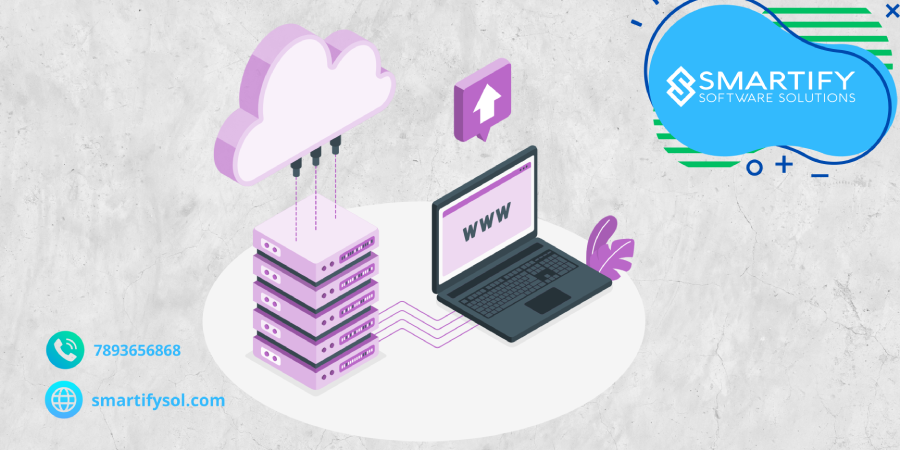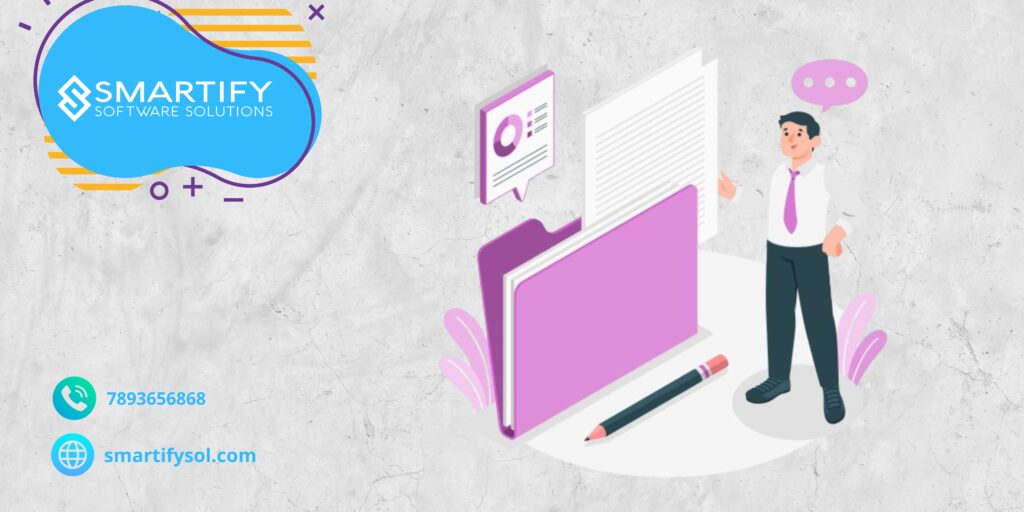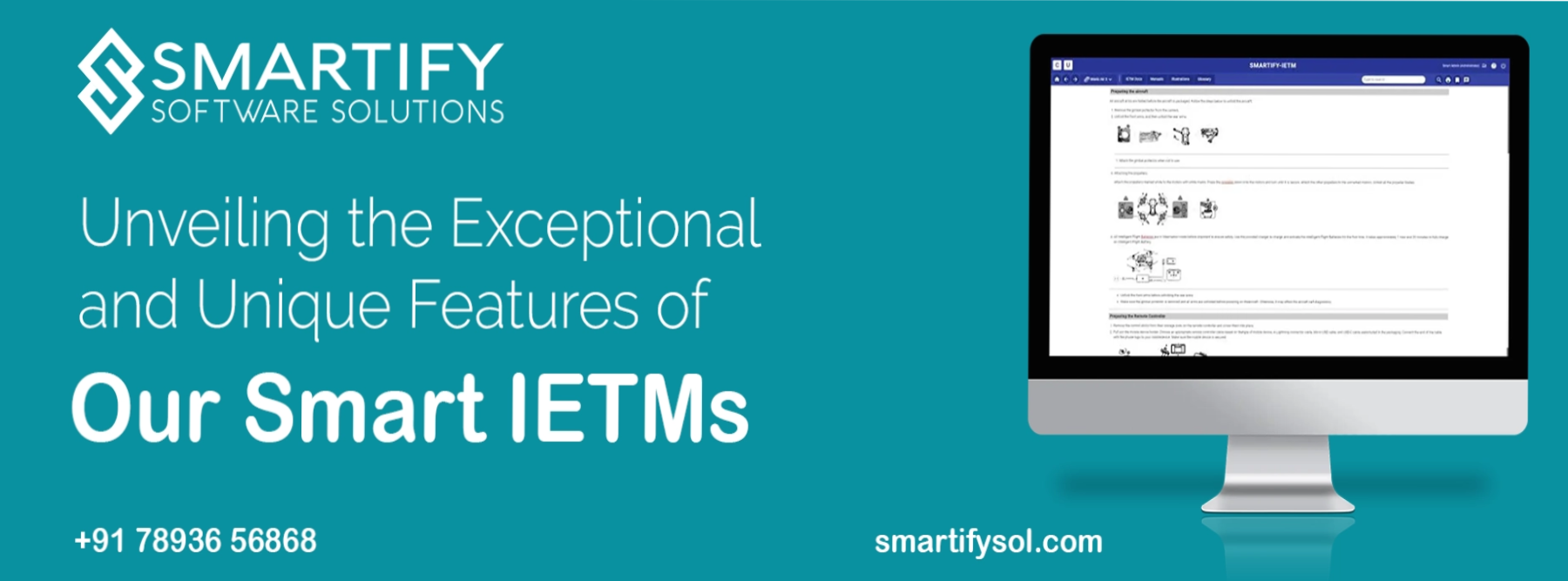In the quickly changing tech world, Level 4 and Level 5 IETM are very advanced. They’re changing how we get and use information. Let’s explore the unique features that set Level 4 and Level 5 IETMs apart and see how they’re changing how industries handle documents.
1. Different Document Formats
– Level 4 IETM and Level 5 IETM support various document formats, like text, photos, videos, and interactive elements. This flexibility makes the user experience interesting and engaging.
– Documents are organised in a structured way, making it easy to navigate through them.
2. Easy-to-Use Manuals
– Manuals are neatly organised in a directory of PDF files with a user-friendly index. A PDF viewer on the right makes learning more efficient.

3. Quick Local Search
– Advanced local search features help users quickly find specific information in documents.
– The keyword highlighting feature, along with match count and navigation options, makes searching easier.
4. Fast Global Search
– A global search covers the entire IETM, helping users find information across multiple documents quickly.
– Users can search for specific keywords, units, part numbers, or tools, and results show titles and matched content with highlighted keywords.
5. Printing Option
– Users can print documents, including text and graphics, for reference and learning.
– Printed documents include watermarks with the date, time of print, and user name for traceability.
6. Common Source Database (CSDB)
– Smart IETM use a Common Source Database, a central place for documents, ensuring quick and secure display, easy maintenance, updates, and less data redundancy.

7. Interactive Hotspotting
– Dynamic hotspots add interactive elements within documents, letting OEMs/Admins create and manage text hotspots in IETM content pages.
8. Annotations/Comments
– Users can add and manage annotations or comments within the IETM, promoting collaboration.
– Annotation tracking and versioning keep a record of changes, improving communication.
9. Bookmarking and Glossary
– Bookmarking features let users save and revisit specific sections or pages.
– An integrated glossary provides quick references to key terms and their meanings.
10. Strong User Management
– Level 4 IETM and Level 5 IETM software offer powerful user management, including role-based access control and user permissions.
– User profiles track individual preferences and usage history, ensuring a personalised experience.
11. Backup and Restore
– Automated backup and restore features prevent data loss and ensure system reliability.
– Version control for documents tracks changes over time, creating a comprehensive historical record.
12. Tracking and Parts Ordering
– Tracking capabilities monitor user interactions and document usage statistics.
– Seamless integration with parts ordering systems enables users to easily initiate orders for required components.
Conclusion:
We are devoted to creating Level 4 and Level 5 IETM, demonstrating our steadfast commitment to delivering a comprehensive and engaging documentation experience. For additional information, reach out to us and explore how our IETM can enhance the efficiency and accessibility of your industry.






2 thoughts on “Exploring Advanced Manuals: Understanding Level 4 and Level 5 IETM”
Comments are closed.